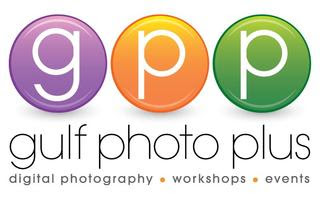As regular readers of this blog know, I'm using the final few days to organize my photo gear before flying to Delhi to lead my
Tribes of South Rajasthan & Kutch Photo~Expedition™ which starts January 23.
Since the attempted airline incident on Christmas day, I've been fiddling with various options in order to maximize the amount of indispensable gear I can carry in one small bag on my international flights. Having gone through these hoops a few times already, I am convinced that travel photographers will have to rethink the amount and type of the photo gear they carry on international flights.
Apart from trying to limit the number of hardware we carry on our international flights traveling for assignments, or trying to cram the contents of two or three carry-ons into one, I sense that there's a ready consideration to migrate from our heavyweight DSLRs to smaller digital rangefinders. For instance, searching online for the new Panasonic GF1 at B&H, Adorama and J&R (the largest camera troika in New York City) reveals that the three stores are sold-out of this model; fact that seems to underscore the popularity of this particular model. Of course, there's always Leica, but investing in ten of thousands of dollars in a new system is daunting, even if money were no object.
It may be sooner than we think that these new rangefinders will become the cameras of choice for travel photographers; perhaps not as primary bodies at first but certainly as backup tools. I can see myself in the field using my Canon 5DII with a couple of lenses, and toting the Panasonic GF1, ideally with a 20mm lens...or its 14-45mm zoom.
Here are three examples of new digital rangefinders that may provide viable alternatives to carrying our massive Canons and Nikons and their lenses. None of those are pocket camera per se, unless we're talking about coat pockets, but they're small enough.
1. Panasonic Lumix DMC-GF1 (About $900 in kit form)

I handled this rangefinder-like (to be more precise, it's a Compact Micro Four-Thirds Camera System) camera at B&H for about 20 minutes, and found its handling to be quite comfortable. There were many menu quirks that I quickly found irritating or incomprehensible, but there's no doubt that this is one heck of an interesting camera. For a comprehensive review, Thom Hogan has written an exhaustive article about it
here. I also liked Craig Mod's
field report which reviews the GF1's performance during a 16 days trek in the Himalayas.
2. Olympus E-P1 Pen Digital Camera (About $660 in kit form)

This is another Compact Micro FourThirds Camera System. I haven't had the chance to handle this camera yet, but it's only a matter of time when I head back to B&H. Once again, I like Thom Hogan's write-up on it, which can be found
here. Another hands-on review is by Ken Tanaka and published on
The Online Photographer.
3. Leica X1 (About $2000 with 24mm f2.8 lens)

I don't think I've noticed this camera in any of the retail stores I've been to recently, so it's probably not yet available . A hands-on review on the Luminous Landscape is
here. The price makes this camera a distant third in my line-up, but it's an option.
There's also the Canon G11 which some people like, but I've owned its predecessor and it was extremely disappointing, so for me at least, it's out of consideration. Sorry, Canon.




























